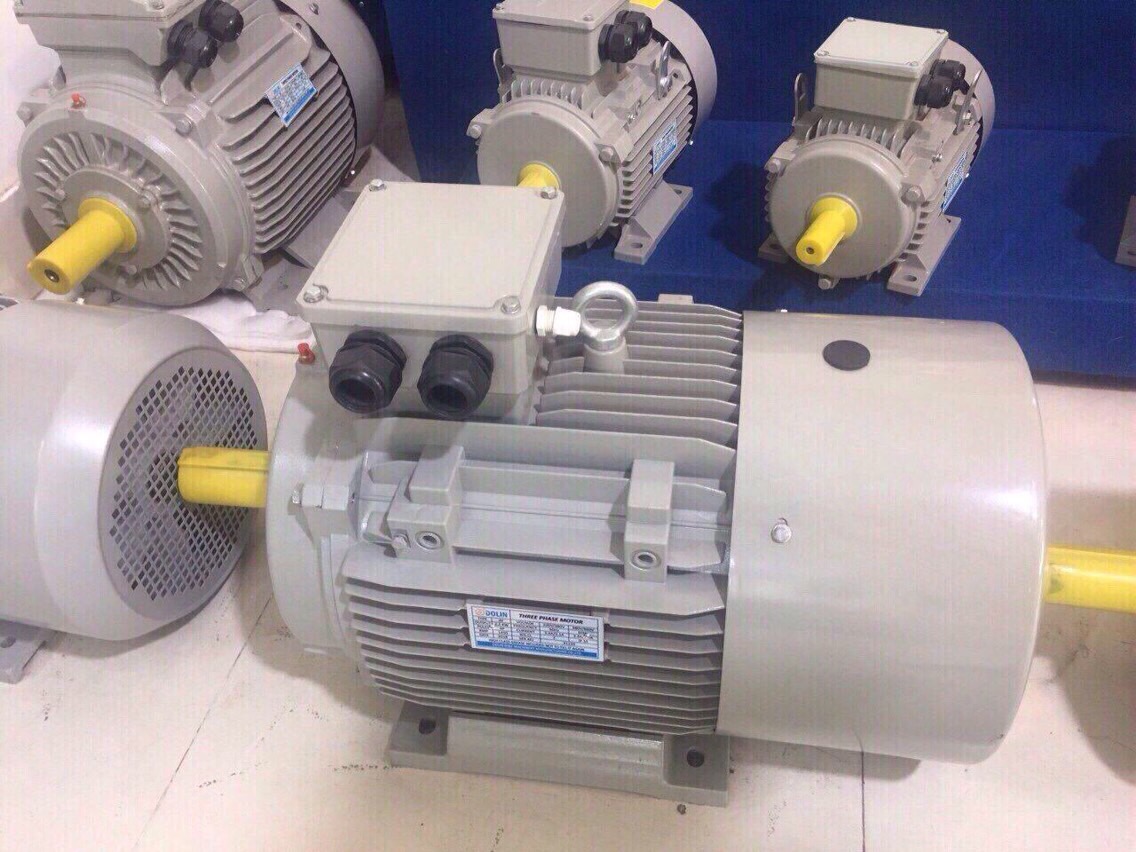- Home
- /
- News
- /
- Industry News
Design or redesign of mechanical power transmissions?

When facing a new mechanical engineering project, the professional in charge of the motion system is split between performing a redesign of mechanical power transmissions or existing speed reducers, and developing a completely new system.
In this article we will try to address this issue that always pops up in the industry. Let’s get to it!
The decision is not easy to make. Many industry leaders, such as CLR, have a wide portfolio of standard actuator solutions (SAS) which allow for an agile redesign of geared transmissions. However, there are specific situations in which, due to the requirements or characteristics of the application, transmissions have to be designed from scratch.
Design or redesign of mechanical power transmissions?
When weighing this decision, you have to keep in mind that the system specs have to result from calculations, real measurements on existing machinery, and simulations on specialised software, which allow you to determine necessary speeds, loads and torques for each application.
Even though it is common to think that designing a geared transmission system is more complicated than redesigning an existing one, this is not always the case. You have to keep in mind certain issues.
New systems, as well as replacements, follow the same physical laws, but operate under different control laws

The loads, speeds and torques behave differently depending on the controller they are operated by: digital or anagogic. If the designer is not aware of it, the end product may not meet expectations set forth for the design.
A key factor to keep in mind for the new system is time. A digital system operates in accordance with three quantifiable steps:
Measure.
Calculate.
Generate.
Digital controllers require specific fractions of time in order to execute each of these functions.
Instead, an analogic system does not run into this issue, since it measures and generates almost simultaneously and continuously.


Design focus and hardware shopping list
In a new system, design can be performed in one of two ways:
The first one is the simplest: the control engineer designs the system completely and orders the necessary components to carry out the job. He is the only person in charge of the final result.
In the other way, the new system involves a client that has an in-house engineer, which will assist in defining the design of mechanical power transmissions and other components.
In this case, the expert takes for granted that the components selected by the in-house engineer perfectly fit the needs of the project. However, most times this is not the case. The engineer may have determined the loads, speeds and rotational movements based on limited calculations and measurements which did not take into account all variables that influence these types of projects.
Strategy
Calculation errors are particularly problematic when the control system involves multiple axes. For example, in a pick-and-place system, X, Y and Z axes must converge at the same time at a specific point. If there were any delay in any of them, components may be installed in the wrong place or affect the overall performance of the machine.
Therefore, when thinking of designing or redesigning, particularly when mechanical power transmissions are involved, it is necessary to determine the relevant parameters in order to optimise performance.
Testing
When the system does not meet expectations, the main reason is a calculation error. In order to prevent this from happening, it is necessary to perform the necessary tests and make sure that both hardware and final model are compatible.
In this case, it may be necessary to design a Bode plot or perform a Fast Fourier transform algorithm (FFT) that lets you find the reason why the system is vibrating, resonating, or failing to reject the disturbance.
During implementation of the above, the engineer may come to the conclusion that the only way to obtain the desired control and operation is by making significant modifications to the design of the electromechanical power transmissions, gears and other components in the system.
This redesign may force him to change his entire theory about the necessary method to tune the system. In this regard, the engineer may think of a simple control method –PID (Proportional, Integral, Derived) or PIV (Proportional position loop Integral and proportional Velocity loop)- which can be typically found in a number of systems.
He may also use a mechatronics software –such, which allows for a redesign including personalised algorithms and filters in the system that can be adjusted to the most demanding applications and specific needs, with the purpose of reducing as much as possible the challenges of the transmission redesign.
As a result, the key between choosing to design or to redesign is in comparing the results of the analyses and measurements against the technical specifications required for the end product. This will enable you to define whether by using a specialised software and an actuator solution an efficient redesign that meets expectations can be achieved, or if, on the contrary, modelling has to be undertaken from scratch.
Key: Vertical 3 Phase ac induction motors, electric motor, Vertical Inverter Duty motor, DC Brake motor Oil Pressure Motor, helical gear motor, AC mini Induction DC gear motor, Gear reducer motor series, NMRV NRV worm reducer series, Worm reducer series, Horizontal Inverter duty, worm gear series, ac motor, vertical gearmotor, helical horizontal gearmotor, gear reduce motor, bevel gearmotor, cyclo gear motor, NMRV gear motor, worm reducer
Newer articles
- What is a servo motor and when is it used? (30/07/2020)
- Step motor: When to use it, and why (28/07/2020)
- 3 Ways to Improve Electric Motor Maintenance (19/08/2020)
- Using Dynamic Electric-Motor Monitoring to Identify Mechanical Issues (18/08/2020)
- Why electric motor should use speed reducer (gearbox)? (15/08/2020)
- Why electric motor should use speed reducer (gearbox)? (31/07/2020)
- Vibration Analysis of Electric Induction Motors (03/08/2020)
- The Case for Drum Motors for Your Food Conveyor System (03/08/2020)
- Single Phase Gear Motors: Features And Benefits (04/08/2020)
- Methods to optimize electric motor efficiency (01/08/2020)
Older articles
- Gearmotors: Types and Industrial Applications (03/03/2020)
- Right angle gear motors & parallel shaft gear motors: performance comparison (25/07/2020)
- How Does an Electric Motor Work? (15/05/2020)
- The basics of motor testing (17/06/2020)
- Selecting the Right Power Instrument for Electrical Power Measurement Applications (01/07/2020)
- Gear Reduction (18/06/2020)
- Step SERVO™ Integrated Motors Solve Heat Problems (01/06/2020)
- How to design gearmotors for extreme ambient conditions (14/05/2020)
- 5 design considerations for gearmotor applications (16/05/2020)
- How to Wire a Single Phase 230V Motor (12/02/2020)





Join